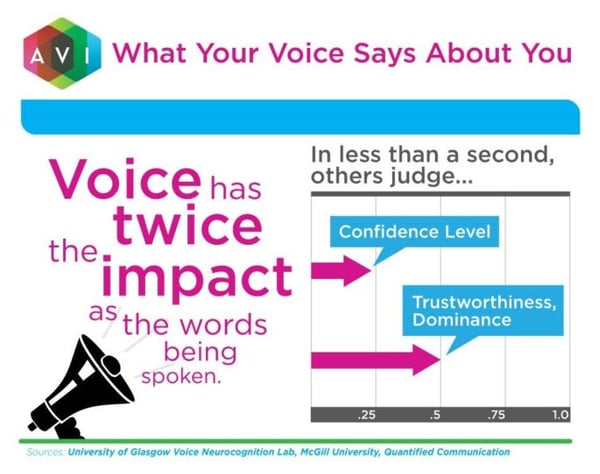“The Voice” is a show where judges must make a determination based on sound alone. They get no clue as to a singing contestant’s age, appearance, gender, race, etc. They hear the voice but don’t get to see the person until after they vote that they choose them or not. Sometimes they say they’re surprised or that they were expecting someone who looked different.
As consumers we often think of microphones in terms of whether they are good enough to transmit the words we’re saying. What we often overlook, though, is the quality of the human connection we make when we speak with someone over technology.
One University of Glasgow study demonstrated that it takes only 500 milliseconds for a person to make a judgment about you based only on your voice. The study concluded that we make assumptions about personality, trustworthiness, etc. based only on an encounter as brief as saying “hello.”
So what happens if our first impression is over the phone or an audio conference call? What if we have a bad connection or if the mic makes us sound tinny? Our voices convey a lot of information. They can make us sound domineering or friendly. Scared or assertive. And it can go much deeper than that. Voices are generally considered to be as unique as fingerprints, and there’s evidence that voices reveal how you feel about whomever you are talking to.

So when we’re not able to speak face to face, it’s important to have technology that allows our true voices to come through. The parties on the other end of a call are making up their minds about us, whether they know it or not. If your microphone makes you sound like a robot or a chipmunk, you may not be coming across the way you should be. Fortunately, microphone technologies are improving significantly—and everywhere from on personal devices to in conference rooms.
If you want to improve your company’s remote communication and collaboration experiences, consider using an established integrator.








